SJC Finds That Petitions Under The Child Requiring Assistance (CRA) Statute May Be Filed By Non-Attorney School Personnel
On March 18, 2022, the Massachusetts Supreme Judicial Court issued a decision, Lexington Public Schools v. K.S., holding that pursuant to G.L. c. 119, § 39E, the Child Requiring Assistance (CRA) statute, non-attorney school personnel are authorized to file Juvenile Court petitions concerning students. The issue before the court was whether an assistant principal committed unauthorized practice of law when he filed, on behalf of a school district, a petition under the CRA asserting that a twelve-year-old child needed assistance because of his excessive and willful absences.
In April of 2021, a middle school assistant principal and attendance supervisor filed a CRA petition in the Juvenile Court after a twelve-year (12) old child failed to attend school for forty-eight (48) days that school year, and his family had not participated in a truancy prevention program. After the Juvenile Court judge accepted the petition, counsel for the child moved to dismiss the petition on the ground that the assistant principal, as a non-attorney, was engaging in the unauthorized practice of law. The Juvenile Court judge denied the motion to dismiss, reasoning that the Legislature has authorized school officials to file CRA petitions.
Generally, non-lawyers are prohibited from practicing law to protect the public welfare, and courts enjoy broad discretion in defining the practice of law. Nevertheless, courts have traditionally given substantial deference to the views of the legislature on issues of unauthorized practice of law. Under the express language of the CRA, “a school district may initiate an application in [the Juvenile Court] stating that [a] child is not excused from attendance in accordance with the lawful and reasonable regulations of such child’s school…” M.G.L. c. 119 § 39E. Similarly, c. 76 § 20 says “Supervisors of attendance… may apply for petitions under the provisions of section thirty-nine E of chapter one hundred and nineteen.” In Lexington Public Schools, the court found that, in passing these laws, the Legislature intended to allow non-lawyers to apply for CRA petitions and that the Juvenile Court should provide materials to help them during their appearance. Further, CRA proceedings are intended to be relatively informal because, in 2012, the Legislature replaced the children in need of services statute with the CRA with the express goal of making the proceedings “less adversarial.” Accordingly, the Court held that school personnel – as well as parents, custodians, and legal guardians – do not engage in the unauthorized practice of law when they file a CRA petition.
However, the Court declined to go any further than the issue presented and did not provide a precise definition of the practice of law, recognizing the difficulty in doing so. Instead, the court reaffirmed previous holdings that a determination whether an individual’s actions constitute “practicing law” is a fact-specific inquiry.
If you have any questions regarding the filing of CRA petitions, please contact us. We are pleased to assist school administrators in addressing truancy concerns and navigating the CRA petitions process.
This update is provided for informational purposes only and should not be considered legal advice.
